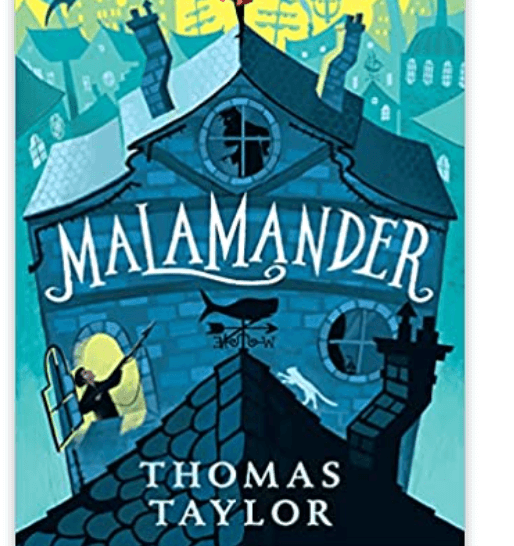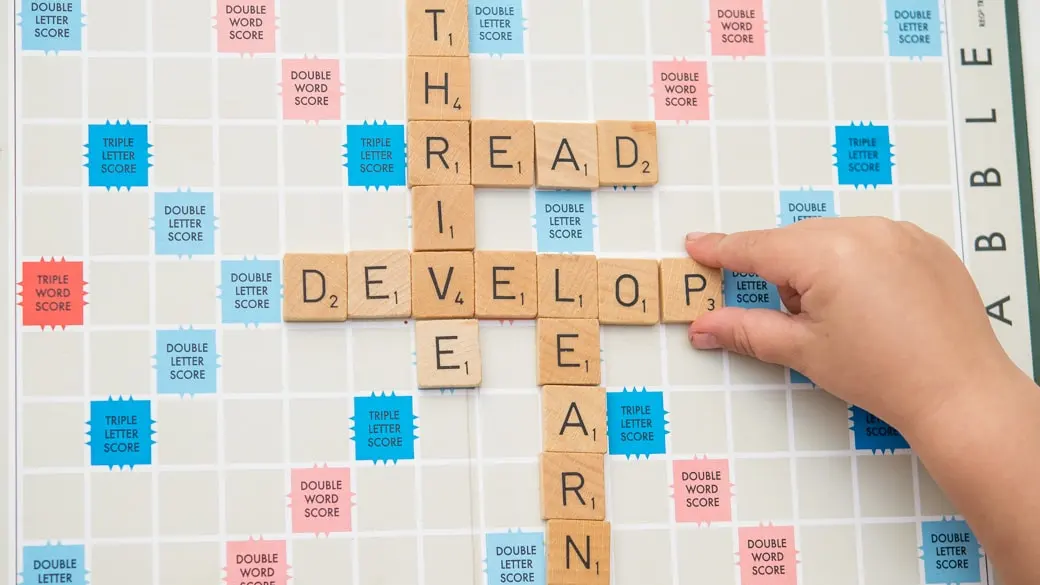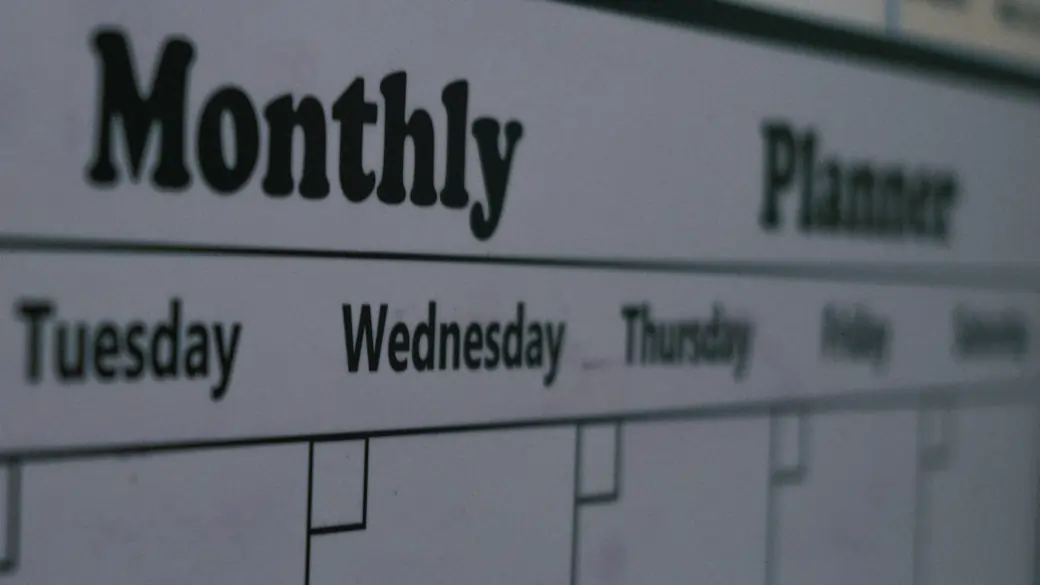The ‘Kent Test’: What is it and how should I prepare my child for it?
In this article Holly provides a comprehensive guide to the Kent test and the best way to prepare for it. An experienced and qualified teacher, Holly has taught and tutored in Kent for a number of years.
11+ exams vary across the country in content, style and expectations, and the Kent Test is no exception. Here, I will take a look at the facts of the test, the need for specific Kent Test tuition, and what you can expect from a Kent Test specialist.
What is the Kent Test?
The Kent Test is an exam taken right at the start of Year 6, normally in the first week of September for entry to Kent grammar schools. Registration opens for the test when children are in Year 5, and is only open for a month, usually from the start of June to the start of July. Results are emailed to parents in October following the test the month before. Your child will be given three scores for the three sections below, and they have to meet certain criteria to be offered a place at a Kent grammar school. For example, in 2021, their three scores had to total 322 or more. The highest possible total score is 423. Kent County Council have this website which you may find helpful.
Parents can name up to four schools and those schools will then consider the results and offer places to those children who meet their criteria. These may be different for different schools; popular, oversubscribed schools will have higher threshold scores, and ‘out of area’ pupils will need a higher score than those who live within a certain distance of the school.
Top tip: research your Kent schools carefully to find out which ones best suit your child
What happens on the day of the test?
Children sit the test at their school and it is invigilated by someone from another local school (usually a member of the Senior Leadership Team) to ensure fairness across all settings. Normally schools use their library or a classroom to ensure the children are as comfortable as possible and feel settled in a familiar environment.
The test takes up most of a day, with the Maths, English and Reasoning papers happening before lunch, and the Creative Writing after lunch. The school may allow you to collect your child at the end of the test if that is something you are able to do. Each morning paper is around one hour long, with different sections: Maths and English are grouped together, and the different types of Reasoning are also amalgamated into one paper. The afternoon paper is only 40 minutes, and is only marked in the case of a borderline result – so if your child passes the morning papers, their afternoon paper will be discarded.
All papers except the creative writing are multiple choice, and have answer sheets which are specific to the Kent Test. There are no past papers available, and schools are given strict instructions to return the papers at the end of the day, including any spares. Children are not allowed to take anything out of the exam room. They can only take in very specific items, which will be listed for you before the test day – normally a rubber, pencil and ruler.
Top tip: There are three different sections in the Kent Test. Make sure you prepare for them all!
Reasoning in the Kent Test
The Reasoning paper is divided into verbal and non-verbal reasoning. Verbal reasoning tests your child’s knowledge of how words work, and has specific types of questions including coding and hidden words. Non-verbal reasoning tests their understanding of shapes and patterns and sometimes also has a sub-section called ‘spatial’ reasoning. If your child has completed start of year Cognitive Ability Tests (CATs) at school, they may well have a score for ‘spatial’, which will give a good indication of their ability in non-verbal reasoning. Similarly, their verbal reasoning ability will be indicated by their ‘verbal’ score.
Ask for these scores, and pass them to your child’s tutor. An experienced Kent Test tutor will build on them, using material specific to the Kent Test. Reasoning can be the most challenging part of the test for parents to understand, but children normally pick it up fairly quickly after a few sessions. There are many different types of question; tuition will expose your child to all of these so they feel confident and happy when the exam comes around. There tends to be around 30 seconds of time allotted for each question, and it is not possible to go back and look at previous sections – preparation here is crucial. They are all multiple choice.
Top tip: reasoning is challenging; the right tutor can support your child.
Maths in the Kent Test
The Maths paper is also multiple choice, and is loosely based on the Year 5 National Curriculum. However, some questions are designed to stretch and challenge, and therefore Kent Test tutors tend to ensure their students are also familiar with the Autumn Term of the Year 6 curriculum. The questions get more difficult as the paper progresses, but there is usually quite a bit of time – around 1 minute per question. An experienced Kent Test tutor will allow children to practice timing and exam technique right from the first tuition session, to ensure that when they get to the exam, they answer all the questions in the time allowed.
Top tip: use an experienced Kent Test tutor for top results in Maths
English in the Kent Test
This usually consists of two parts: a comprehension and a grammar/ spelling/ punctuation test. Both are multiple choice. The comprehension will be either fiction or non-fiction; occasionally there are two short pieces of prose, sometimes poetry, but more often a longer extract from a novel or short story. It is always better to read the questions first, so that your child has a good idea what they are looking for in the text. For the second section, there will be either a choice of words to fit a sentence or a ‘spot the mistake’ scenario, whereby there is either a mistake, or the chance to write ‘N’ (meaning no mistake). It is up to your child which section they do first: exam technique is key here.
The importance of Kent Test-specific tuition
Try to find a tutor who has experience of the Kent Test, rather than simply one with a general 11+ background. Ideally, start your sessions at the beginning of Year 5, so you have an academic year to prepare; it will go quickly. Some parents may wish to start earlier, with more general support, and move to Kent Test preparation later on.
Your tutor will also be able to give school-specific advice, and give you an indication of your child’s potential. Ideally a tutor will be Kent-based and will have a working knowledge of the grammar school system, with recommendations and advice based on their own teaching and tutoring experience.
Whatever you decide, accept that there will be some pressure on you and your child; it is an inevitable part of the testing experience and actually prepares them really well for the stretch and challenge aspect of grammar school. Working with a tutor can, however, alleviate some of the stress; do contact us here at Owl Tutors if you would like to discuss Kent Test preparation or are considering moving to Kent – it is a beautiful place to live!
Top tip: if you are considering the Kent Test for your child, contact us today!









Start the discussion!